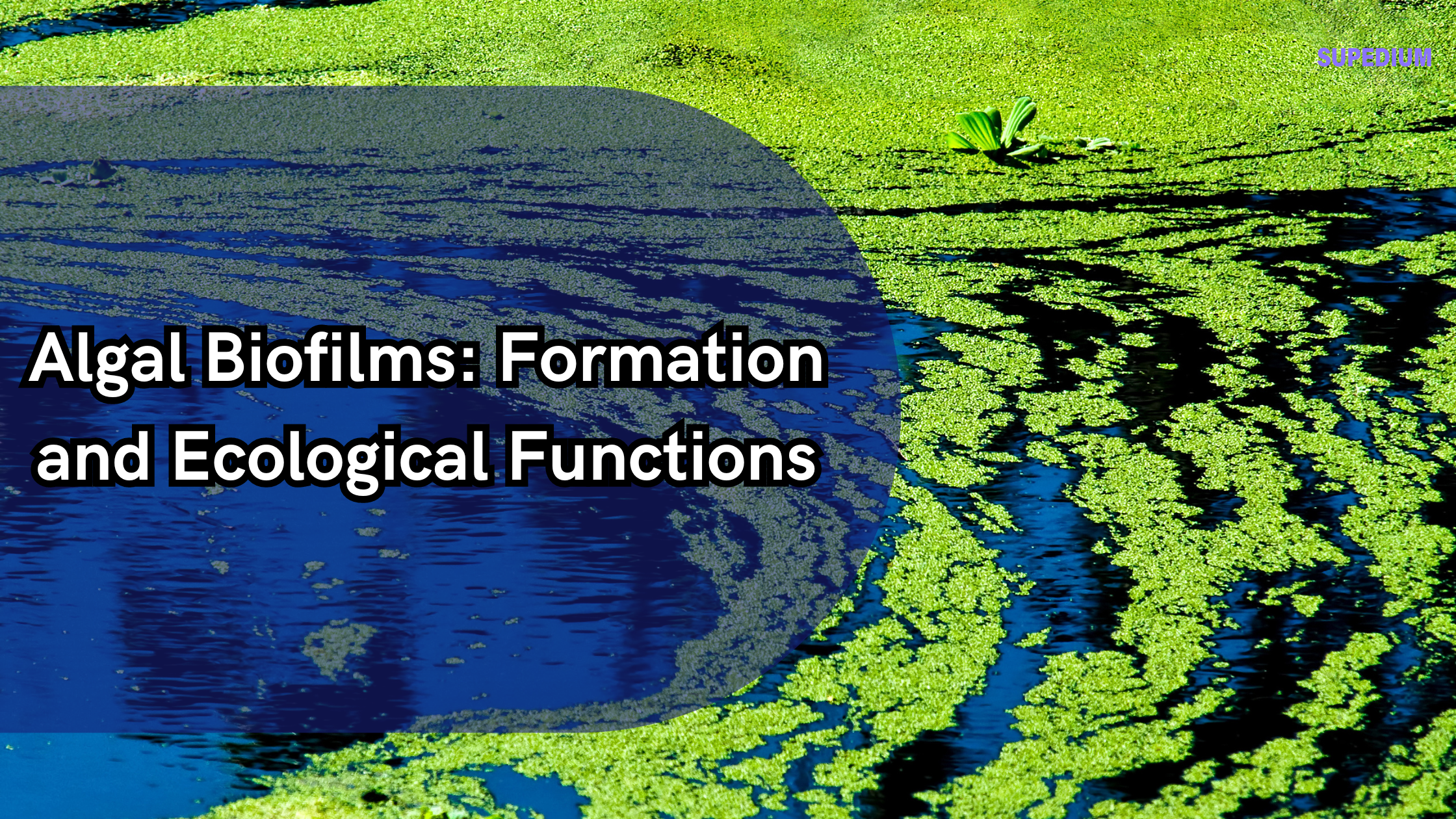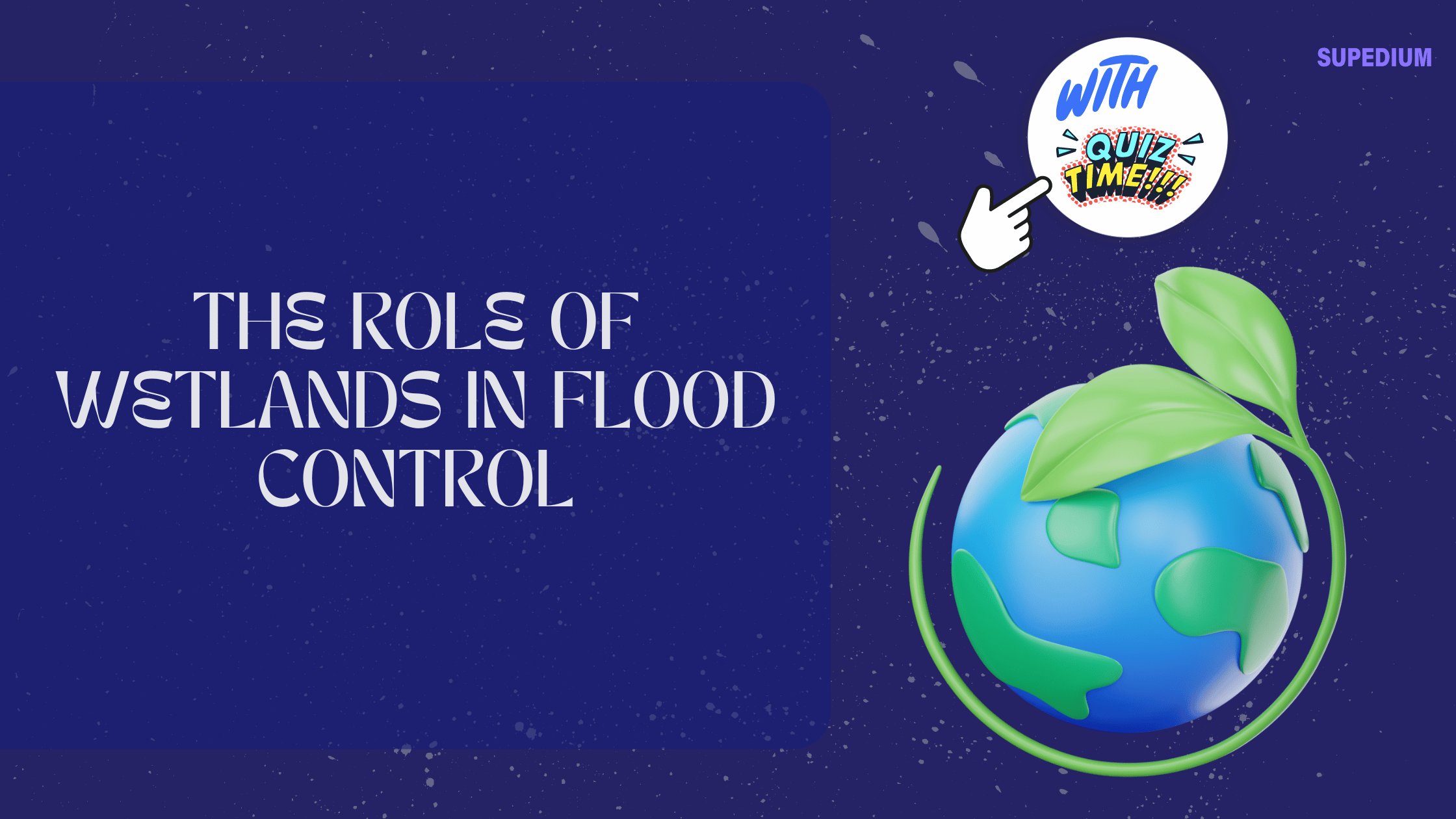Table of Contents
![]()
I. Introduction
Algal biofilms are complex communities of algae and microorganisms that adhere to surfaces in various environments, forming a cohesive and structured matrix. These biofilms play crucial roles in both aquatic and terrestrial ecosystems, offering insights into ecological interactions and contributing to environmental processes. Understanding algal biofilms is important due to their ecological significance, as well as their applications in environmental management and industrial processes.
II. Formation of Algal Biofilms
A. Biological Components
Algal biofilms are composed of various species of algae, each contributing uniquely to the biofilm’s structure and function. Common components include:
- Cyanobacteria: Often dominant in biofilms, cyanobacteria are capable of nitrogen fixation and contribute significantly to primary production.
- Green Algae: These algae are often found in freshwater biofilms and contribute to oxygen production and nutrient cycling.
- Diatoms: Their silica-based cell walls provide structural stability to biofilms and play a role in the formation of microhabitats.
- Red Algae: Though less common, red algae can be found in some biofilm communities, particularly in marine environments.
Microbial interactions within biofilms are critical to their development. Bacteria and fungi often cohabit these environments, contributing to the biofilm’s overall functionality through processes like nutrient cycling and decomposition.
B. Physical and Chemical Factors
Several factors influence the formation of algal biofilms:
- Substrate Types: Biofilms can form on natural substrates like rocks and leaves or artificial surfaces such as pipes and filters. The type of substrate affects the composition and stability of the biofilm.
- Environmental Conditions: Factors like temperature, light intensity, and moisture levels significantly impact biofilm development. For example, higher temperatures can accelerate microbial activity, while light availability influences the photosynthetic activity of algae.
- Nutrient Availability: Algal biofilms thrive in environments with ample nutrients, particularly nitrogen and phosphorus. These nutrients support algal growth and influence the biofilm’s overall productivity.
C. Stages of Biofilm Formation
The formation of algal biofilms progresses through several stages:
- Initial Attachment: Algae and microorganisms initially adhere to a surface, often facilitated by chemical cues and physical features of the substrate.
- Micro-colony Development: Once attached, microorganisms proliferate, forming small clusters or micro-colonies.
- Maturation: Over time, these micro-colonies grow and merge, leading to the development of a mature biofilm with a complex, three-dimensional structure.
- Dispersal: Mature biofilms can release cells and fragments into the surrounding environment, contributing to the spread of biofilm-forming species.
III. Structure and Composition
A. Biofilm Matrix
The biofilm matrix is a critical component of algal biofilms. It consists of:
- Extracellular Polymeric Substances (EPS): EPS are complex mixtures of polysaccharides, proteins, and nucleic acids produced by the microorganisms within the biofilm. They provide structural support, protect against environmental stresses, and facilitate nutrient and waste exchange.
- Role of EPS in Biofilm Stability: EPS helps to anchor the biofilm to the substrate and protects it from physical disturbances, making biofilms resilient to environmental changes.
B. Cell Arrangement
The structure of algal biofilms includes:
- 3D Structure of Biofilm Layers: Biofilms exhibit a stratified structure with different layers of cells, including a surface layer that often contains the highest density of algal cells.
- Distribution of Algal Species: The distribution of species within the biofilm can vary based on environmental conditions and nutrient availability, leading to diverse and dynamic biofilm communities.
C. Influence of Environmental Factors on Structure
Environmental factors such as flow regimes and light conditions can significantly influence biofilm structure:
- Flow Regimes: In flowing water environments, biofilms tend to form more robust and thicker structures to resist shear forces, whereas in stagnant conditions, biofilms may be less dense but more widespread.
- Light Conditions: Light availability affects the photosynthetic activity of algae and can lead to variations in biofilm thickness and density based on light intensity.
IV. Ecological Functions
A. Primary Production
Algal biofilms are important contributors to primary production:
- Photosynthesis and Oxygen Production: Algae within biofilms perform photosynthesis, converting sunlight into chemical energy and producing oxygen as a byproduct. This process supports aquatic food webs and contributes to oxygen levels in water bodies.
- Contribution to Aquatic Food Webs: The organic matter produced by algal biofilms serves as a food source for various aquatic organisms, including invertebrates and fish, thereby supporting local biodiversity.
B. Nutrient Cycling
Algal biofilms play a key role in nutrient cycling:
- Nitrogen and Phosphorus Cycling: Algae and associated microorganisms contribute to the cycling of nitrogen and phosphorus, which are essential nutrients for aquatic ecosystems. Biofilms can help assimilate excess nutrients, reducing the risk of eutrophication.
- Impact on Water Quality: By regulating nutrient levels, algal biofilms help maintain water quality and ecosystem health.
C. Habitat Formation
Algal biofilms provide important habitat functions:
- Microhabitats for Other Organisms: The complex structure of biofilms creates microhabitats for a variety of organisms, including small invertebrates and microorganisms.
- Influence on Biodiversity: The presence of diverse algal species and associated organisms within biofilms can enhance local biodiversity and contribute to ecosystem stability.
D. Biofilm Stability and Erosion Control
Algal biofilms contribute to environmental stability:
- Stabilization of Sediments: The growth of biofilms on substrates helps to stabilize sediments, reducing erosion and maintaining the integrity of streambeds and shorelines.
- Impact on Shoreline and Streambed Integrity: By preventing sediment erosion, biofilms contribute to the health and sustainability of aquatic habitats.
V. Interaction with Other Organisms
A. Symbiotic Relationships
Algal biofilms often engage in symbiotic relationships:
- Mutualism with Other Microorganisms: Algae in biofilms often have mutualistic relationships with bacteria and fungi, which can provide essential nutrients or protection in exchange for metabolic products from the algae.
- Role in Lichen Formation: In some cases, algae within biofilms form lichens with fungi, creating stable and resilient communities that can thrive in harsh environments.
B. Competition and Predation
Interactions within biofilms include competition and predation:
- Competition with Other Algae and Microorganisms: Algal species within biofilms compete for resources such as light and nutrients, influencing the composition and structure of the biofilm.
- Grazing by Herbivores: Herbivores, including insects and fish, may graze on biofilms, impacting their growth and distribution.
VI. Impacts on Human Activities
A. Water Quality Management
Algal biofilms have significant implications for water quality:
- Biofilms in Drinking Water Systems: Biofilms can form in drinking water distribution systems, potentially affecting water quality and safety. Management strategies are required to control biofilm growth and prevent contamination.
- Impact on Wastewater Treatment: In wastewater treatment, biofilms are used in processes such as trickling filters and biofilm reactors to remove contaminants. Proper management ensures effective treatment and maintenance of water quality.
B. Industrial Applications
Algal biofilms offer various industrial applications:
- Bioremediation of Pollutants: Biofilms can be used to remove pollutants from contaminated environments, including heavy metals and organic compounds, through bioremediation processes.
- Potential in Biotechnology and Bioenergy: Algal biofilms hold potential for biotechnology applications, including the production of biofuels and other valuable compounds.
C. Challenges and Issues
Challenges associated with algal biofilms include:
- Biofouling in Industrial Systems: Biofouling caused by algal biofilms can affect the efficiency of industrial systems, including cooling towers and pipelines. Managing biofilm growth is essential to prevent operational problems.
- Management of Harmful Algal Blooms: Harmful algal blooms (HABs) can lead to significant ecological and economic impacts. Effective management strategies are needed to address the causes and consequences of HABs.
VII. Research and Future Directions
A. Current Research Trends
Research on algal biofilms is advancing in several areas:
- Advances in Biofilm Monitoring Technologies: New technologies, such as high-resolution imaging and molecular techniques, are improving our ability to study and monitor biofilm dynamics.
- Genetic and Molecular Studies: Research is exploring the genetic and molecular mechanisms underlying biofilm formation and function, providing insights into biofilm resilience and adaptability.
B. Future Research Needs
Future research directions include:
- Impact of Climate Change on Algal Biofilms: Investigating how climate change affects algal biofilms, including shifts in species composition and changes in biofilm functionality, is crucial for understanding future ecological impacts.
- Exploration of Novel Applications: Further research is needed to explore new applications for algal biofilms in areas such as environmental remediation and sustainable technology.
VIII. Conclusion
Algal biofilms are vital components of many ecosystems, providing essential ecological functions such as primary production, nutrient cycling, and habitat formation. Their interactions with other organisms and their impacts on human activities highlight the importance of understanding and managing these complex communities. Ongoing research and advancements in biofilm science will continue to shed light on their roles and applications, contributing to better environmental management and technological innovations.
Share This





Be the first to comment